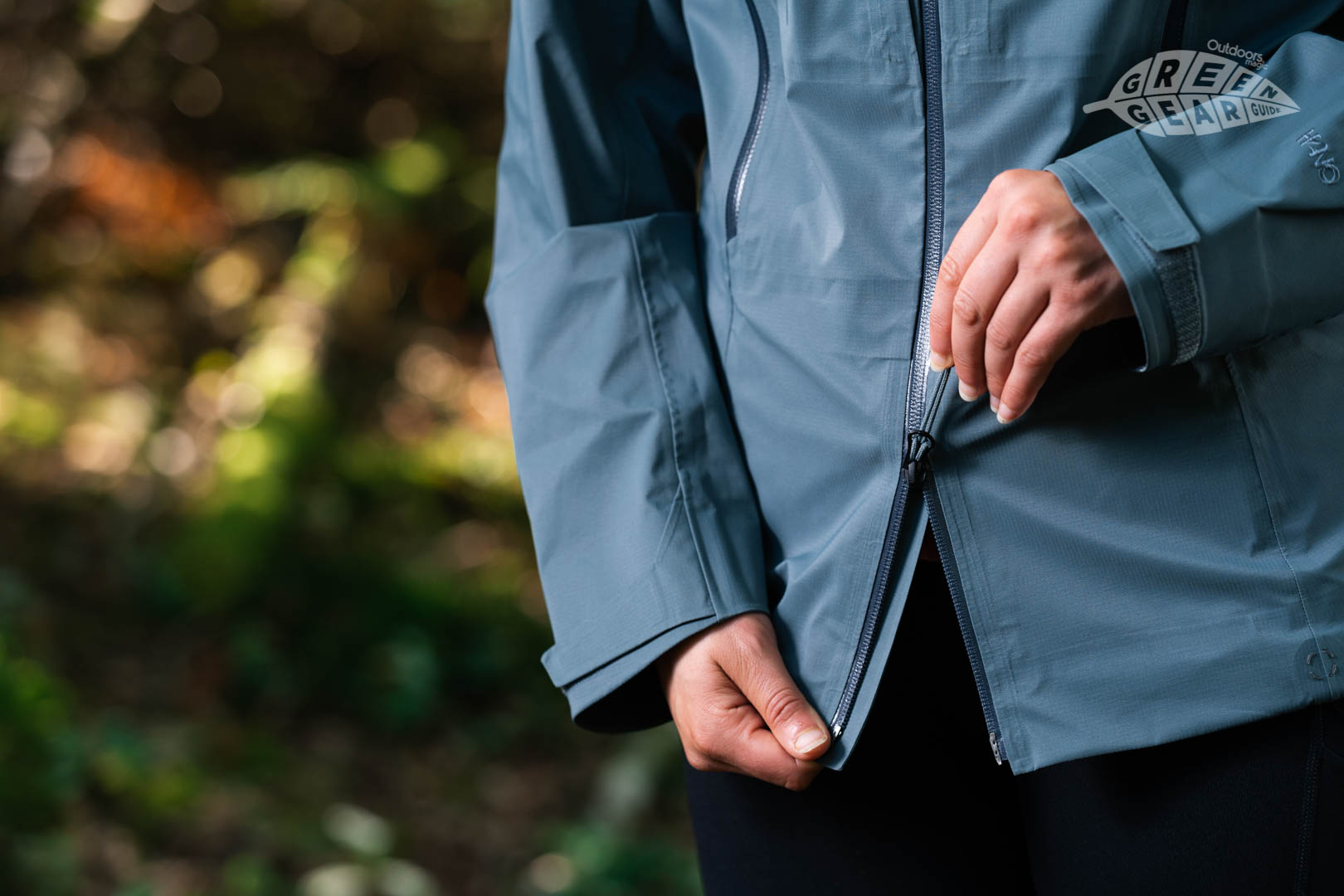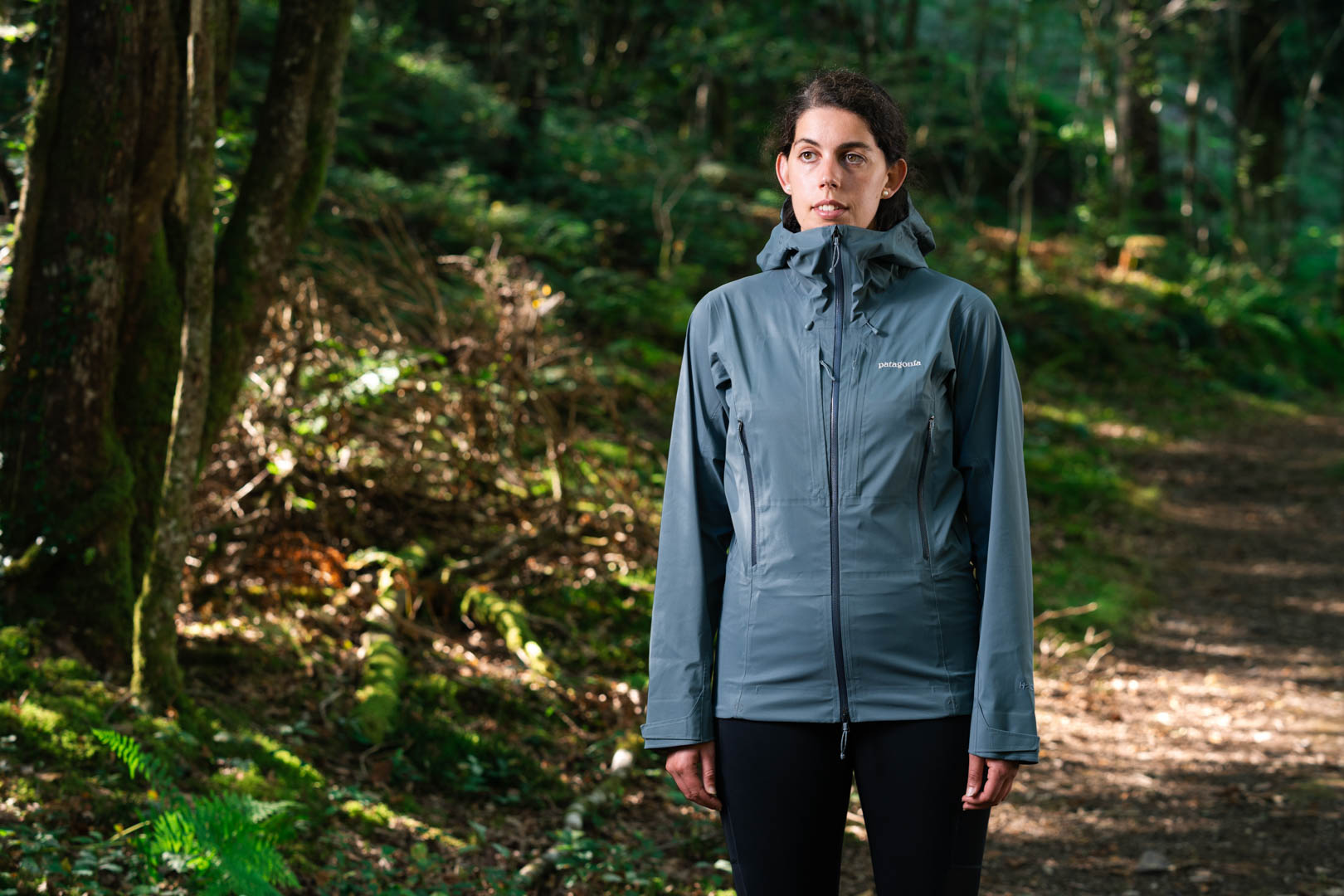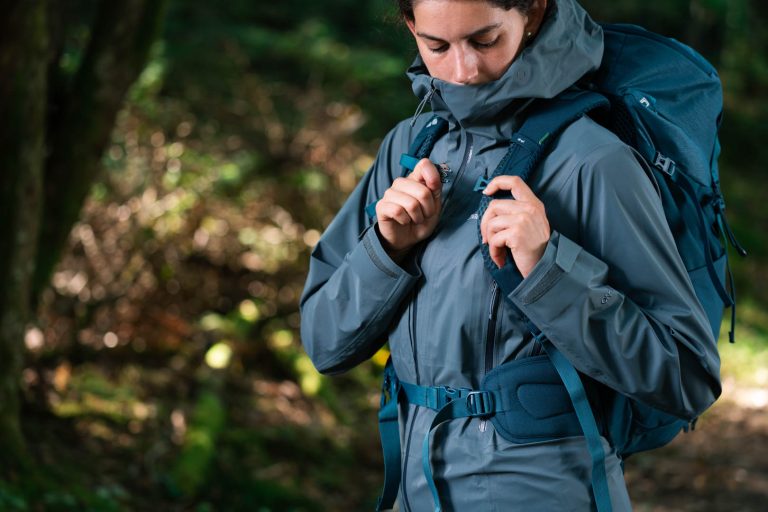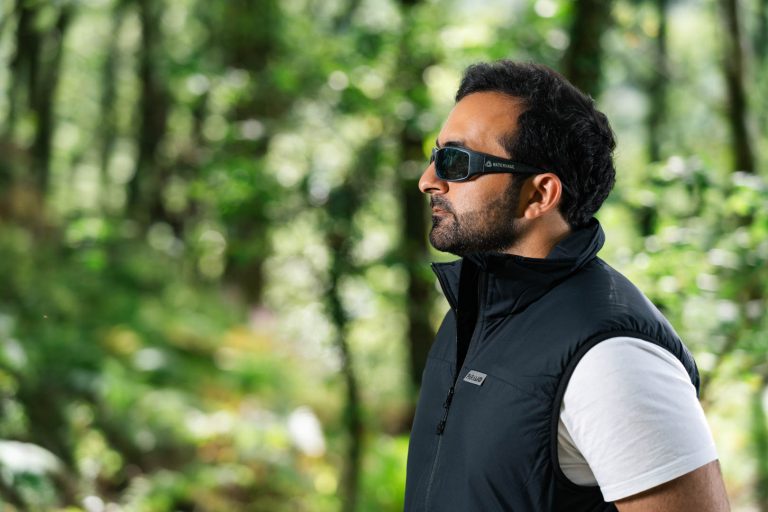Why We Chose It: Fully-featured, protective, eco-friendly
It sometimes seems that Patagonia is as much an eco-initiative as an outdoor brand. The company’s strident position on a wide range of environmental issues is truly commendable, having campaigned on everything from land preservation in the US to wild river conservation in central Europe. Over the last few years, Patagonia has also become well known for contributing all its Black Friday sales revenue to environmental charities. In addition, it’s a Certified B Corporation, the founding member of 1% For The Planet and is aiming to become carbon neutral by 2025.
The company is also strong on transparency. Their website will tell you exactly where and how every product in the current range is made and manufactured. Patagonia’s Worn Wear initiative is also designed to maximise the lifetime of its products by repairing and recycling outdoor gear – you can buy used kit, trade in old gear and send off damaged items to be fixed.
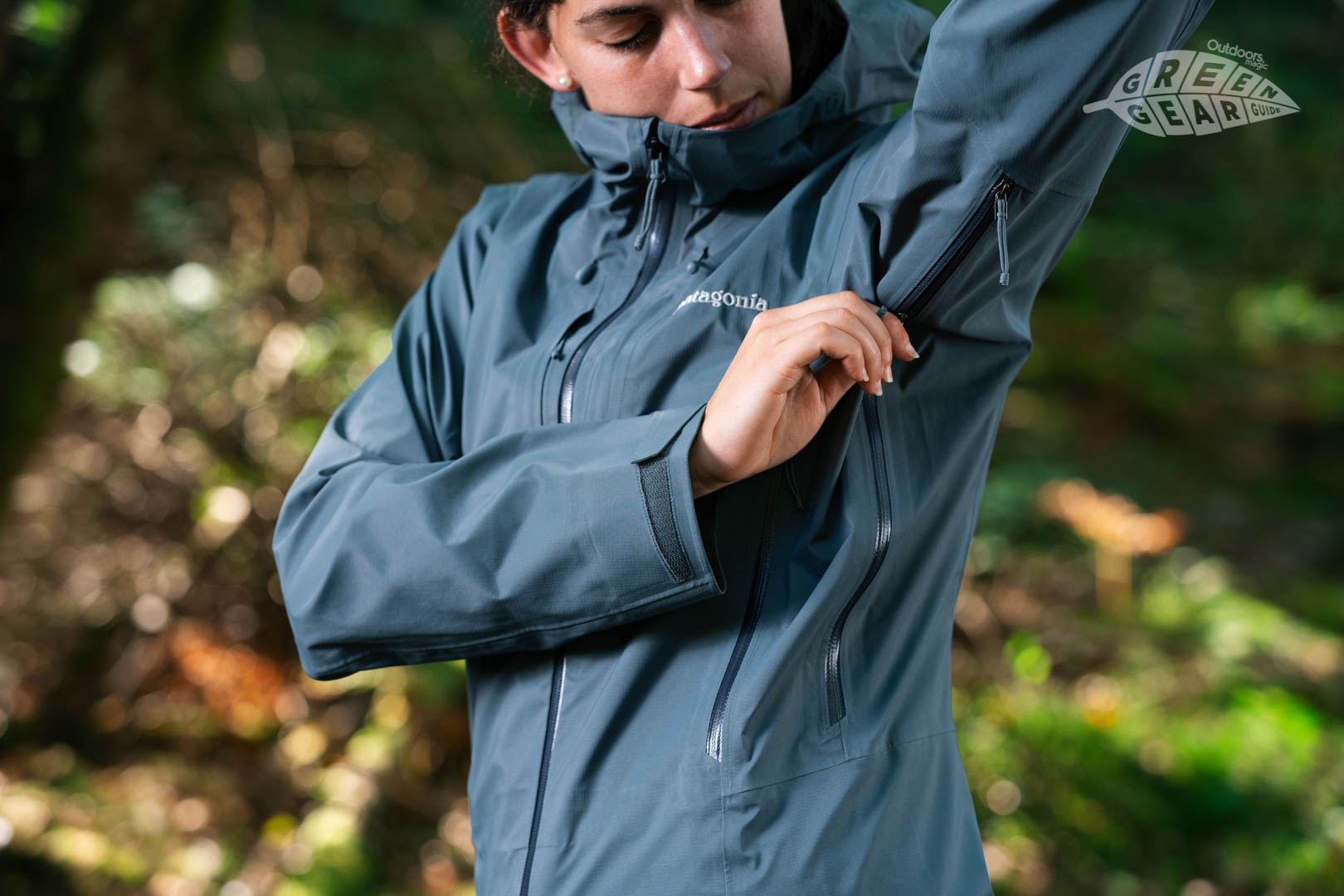
In an era of so-called ‘green-washing’ by many consumer brands, it’s refreshing to think that Patagonia walks the walk as well as talking the talk. The latest Dual Aspect jacket is a case in point. It’s a highly technical alpine climbing shell that has been built with performance in mind – but crucially, that hasn’t meant compromising on the brand’s sustainable ethos.
What Is The Dual Aspect Jacket Best Suited To?
This is a jacket that is intended to deliver full storm protection in the worst possible weather, with a construction designed specifically for freedom of movement during technical mountain pursuits, specifically Alpine style climbing. Of course, plenty of other high-end outdoor brands promise exactly the same thing with their top-end shells. What sets the Dual Aspect apart from most of the competition is that this impressive bit of kit has an equally impressive and all-encompassing approach to sustainability.
Eco Credentials
Patagonia’s commitment to finding less environmentally harmful waterproof solutions has meant reducing its reliance on ingredient brands like Gore-Tex and instead developing its proprietary tech – namely the wonderfully-named H2No Performance Standard Shell.


